
SMU Scrap Survey: Sentiment indices slip in August
Current and future scrap sentiment indices declined this month, according to SMU’s latest ferrous scrap survey data.

Current and future scrap sentiment indices declined this month, according to SMU’s latest ferrous scrap survey data.

SMU’s August ferrous scrap market survey results are now available on our website to all premium members.

A recent conversation with Tanners shows that many of us in this industry often end up here by accident but end up staying.

Steel Market Update is proud to celebrate its 17th birthday this month.
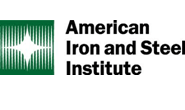
Domestic mill output remains historically strong, holding near multi-year highs since early June.

We’re in the dog days of summer, and the question is whether the market will improve as lead times stretch into September. Your answer to that question might depend on where you are in the supply chain. And producers, it seems to me, are a lot more optimistic than consumers at the moment.

The tariffs amount to a wholesale transformation of US trade policy from one promoting increasing international interaction to one of restricting trade to serve national strategic goals.
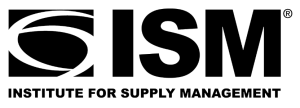
US manufacturing activity slowed again in July to a 10-month low

We're less than a month out from Steel Summit 2025. Have you already signed up?

Earlier this week, SMU polled steel buyers on an array of topics, ranging from market prices, demand, and inventories to tariffs, imports, and evolving market events.

The Trump administration has exempted Brazilian pig iron and iron ore from an aggressive "reciprocal" tariff ahead of the Aug. 1 deadline.

The Steel Demand Index now stands at 42, up from 38.5 in early July, but off from a four-year high of 65.0 in late February.

A scrap trader looks back fondly at blast furnace steelmaking.

Sheet prices slipped again this week amid discounting from certain mills and ongoing concerns about demand.

US and European steel trade groups were at odds over their reaction to the recent trade deal President Trump brokered with the EU.
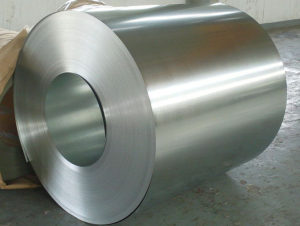
Attorneys representing domestic petitioners and foreign respondent companies have been busy filing case briefings and making rebuttals as the corrosion-resistant steel unfair trade investigations begin to wind down.

US raw steel output rebounded last week, according to the American Iron and Steel Institute (AISI). Mill production remains historically strong, with output at or near a multi-year high since early June.

Is this just a severe case of the summer doldrums? Will demand improve in the fall, as it often does? Or has uncertainty around tariffs and the economy created a more lasting impact?

As the president’s August 1 tariff deadline approaches, the “Let’s Make a Deal” game show returns to primetime (the Monty Hall version, of course). As the administration begins rolling out trade deals, we are starting to see what’s behind door number one and who is getting a “zonk.”

Chief executive of the Institute for Supply Management (ISM), Tom Derry highlighted how reactive buying behavior has shifted the market into a quiet demand period. Derry presented ISM data during the weekly SMU community chat.
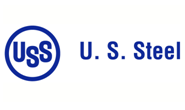
U.S. Steel and Nippon Steel are not done settling scores with those who opposed their historic, $14.9-billion partnership.

Drilling activity slowed in the US and increased in Canada last week, according to the latest oil and gas rig count data released by Baker Hughes.

SMU’s Steel Buyers’ Sentiment Indices eased this week, both approaching multi-year lows.

President Trump said a negotiated deal with Canada might not occur, and all existing tariffs, along with those set to take effect soon, will stay in place, according to media reports.
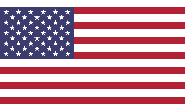
Five trade organizations involved with North American steel have praised President Trump’s Section 232 tariffs on steel for helping the domestic industry.

SMU’s latest steel buyers market survey results are now available on our website to all premium members.

US tariff expansion to stainless material in imported downstream products will not be enough on its own to incentivize capital investment

Is there any clarity to be hoped for on the tariff front?

Steel mill lead times on sheet products contracted across the board this week compared to early July, while plate production times moderately extended, according to steel buyers responding to this week’s market survey.

More than nine out of every ten steel buyers polled by SMU this week reported that mills are negotiable on new order prices. Negotiation rates have increased in each of our last three surveys following the early-June lull, reaching a record high this week.